
Transformation is an integral part all great stories. The trick, however, is to leave a trail of breadcrumbs to show how a character has either progressed or regressed. Few things can be more disappointing than reading a story where SUDDENLY, POOF! The MC has some grand epiphany at the end how they really needed to change in order to win.
This is the stuff of cartoons not grand fiction.
Last week, I offered some tips for creating dimensional protagonists. When we are new writers, especially, we tend to be shy. We want our main character (MC) to be good-looking, smart, make all the right decisions…and be able to sing while birds wrap ribbons in her hair.
Okay, maybe we aren’t THAT bad, but pretty close. At least I was.
When I wrote my first ‘novel’ my MC was everything I wanted to be and more! Why? Because, aside from being absurdly insecure, I had zero clue how to write a novel. I was playing what I now call ‘Literary Barbies.’
There were lots of ‘scenes’ and ‘adventures’ and my MC could do everything I never could do. Making her ‘rough around the edges’ felt like showing the world my dirty laundry.
Thus, the first thing we need to learn when we want to write a REAL novel is that, though our characters—even our protagonist—can’t help but have elements OF us? They are NOT US.
We have to put in that psychic distance because, for transformation to occur, we need to roughen them up to make them super interesting.
Transformation for Everyone
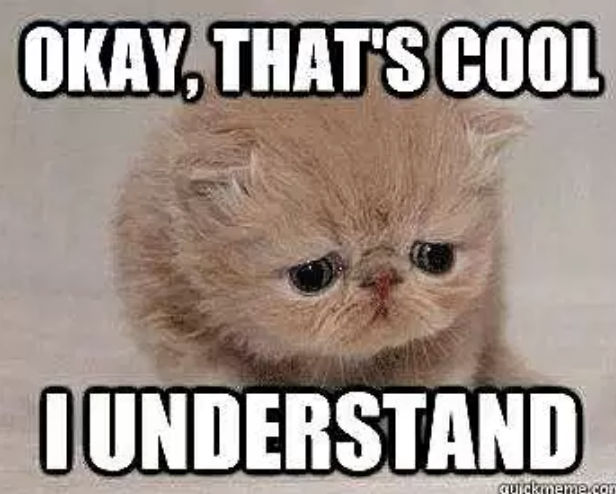
I’ve been blogging since 2007 and the world has changed a lot. One massive change has been how we view media. I’ve generally used a lot of movie examples along with books. Why? Namely, because it was easier and quicker to make a point.
Yet, modern audiences prefer to, “Netflix and chill.” In ways, this is a good thing because series, in my POV, are more reflective of novels. I believe the depth series offer has spoiled us.
Movies simply can’t offer us the intimacy we crave.
This said…
It takes an average of 12-15 hours to read a full novel. A full television series is about 12-15 episodes at an hour per episode. One of the reasons I believe audiences prefer not only television series, but book series, is because they offer so much more DEPTH.
We get to witness transformation in everyone. In a well-written novel, the transformation process should be ugly, painful, and prolonged. This is a large part of what keeps us hooked into the story. We should be able to see the MC gradually evolve over time, and it shouldn’t be a nice, clean arc because nothing in life is nice and clean!
In particularly good novels, series, movies, television series, everyone undergoes transformation. Or, as the late, great screenwriter Blake Snyder said, “Everybody arcs!”
If I think of my favorite series Stranger Things, Battlestar Galactica, Game of Thrones, The Last Kingdom, to name a few, the tug-of war in each of the characters is a major part of what kept me riveted.
One episode I’d hate one character only to be rooting for them the next, then back hating them three episodes later and AHHHHH!
Same with books and especially series. Ken Follet’s Pillars of the Earth, Robert R. McCammon’s The Matthew Corbett Series, Carole Lawrence’s Ian Hamilton Series, Will Thomas’s The Barker & Llewellyn Series, Robert Galbraith’s mystery thrillers, and Frank Herbert’s Dune are among my favorites.
Since everyone arcs, this means the antagonist should also experience transformation, though their arc will lead in the opposite direction of the MC’s.
Genre will dictate how this crossing of arcs plays out.
Power Shift
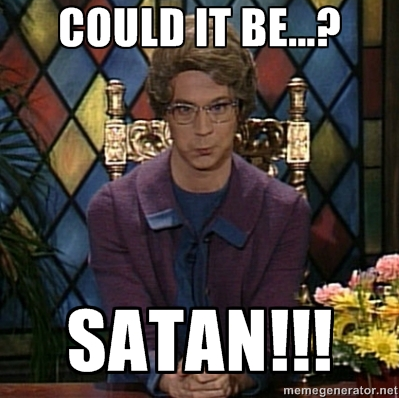
In a genre where the antagonist is a villain (I.e. thriller, mystery, suspense), if the MC were pitted against the villain in the first chapter, he/she would lose…badly.
The story trials are what will create the transformation necessary for the MC to become a hero who is capable of solving the core story problem and defeating the villain.
Conversely, the villain begins the story in a far stronger position. Over time, however, the crucible works against the antagonist. The trials strengthen the villain’s opposition (our MC), weakens/unravels the villain’s plan, dwindles resources, scatters forces, and/or fractures resolve.
This progresses to such a point that, by Act Three, the MC is now a HERO and the villain (while still in a position of superior power) can’t crush the opposition like a bug.
Transformation Ain’t Pretty

Transformation sounds like such a pretty word, doesn’t it? Yet, if we think about it realistically, it’s a rather ugly process.
Imagine a caterpillar becoming a butterfly. Once in the cocoon, if we slit open the chrysalis we’d a) witness a half-formed pile of goo b) stop the transformation process c) kill the creature.
The same can be said of our MC. Once the MC agrees to the journey, they’re effectively entering a chrysalis. Until the butterfly (hero) emerges in Act Three, our MC is an unformed pile of goo with promise. Interrupt this process and we kill the story and effectively stop a hero from ever coming into being.
The Tug-of-War of Transformation
All right, so I’ve used this transformation word a lot thus far, but HOW do we pull this off? Not only to make it believable, but to make it interesting and generate that nerve-shredding tension that keeps audiences riveted?
Today, we’ll focus on the MC for brevity’s sake. In my post on ways to create dimensional protagonists, I mentioned three key ingredients.
- Weaknesses/Flaws
- Wounds
- Blindspots
There’s a fourth factor we can add in today…SECRETS. To quote the great Dr. House, ‘Everybody Lies.’ Put a pin in this 😉 .
When creating our MC, ideally we want to give them enough flaws that the audience wonders how on EARTH this guy/gal could EVER prevail in the end. Interestingly transformation is all related to FLAWS.
The First Trick About Flaws
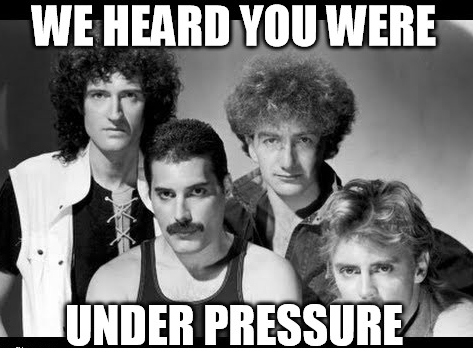
First, flaws can actually be strengths in disguise. For instance, in The Barker & Llewellyn Series, Thomas Llewellyn is a very small, slight Welshman who was wrongfully sent to prison while earning his degree at Oxford College.
He comes from a poor background, is riddled with shame, and his skills are better suited for academia than for hunting criminals in the dark underworld of 19th century London.
He’s out of money. Because of his time in prison, no one cares about his skills writing, researching, or taking shorthand. No potential employer can see Oxford COLLEGE, only Oxford PRISON. He flat out cannot get a job and is on the verge of literally starving to death and succumbing to the elements.
When we meet Lewellyn, he’s standing in line for one last job interview. Plan B is to kill himself. Out of desperation, he’s answered an ad from an inquiry agency with the heading, ‘Some Danger Involved.’
Llewellyn is so down, he throws away his cardboard suitcase with the handful of belongings into a trash bin before he steps inside for his interview, already believing he won’t get the position.
Who is he against all these tough brawlers who are twice his size and look as if they could break a man over their knee?
Yet, ironically, and somewhat miraculously, Llewellyn is chosen because of his flaws. Cyrus Barker, his employer, thinks Lewellyn’s time in Oxford College as well as Oxford Prison make him incredibly valuable as an investigator.
Also, his size and unimpressive appearance let him blend in, make him forgettable. Again, ideal. Cyrus noted Lewellyn was also very observant and resourceful (something one needs to be to survive prison, especially back in 19th century England). His employer-to-be ALSO saw Lewellyn throw away the suitcase and senses this is a man with nothing to live for, thus unafraid to DIE.
Thus, Lewellyn’s flaws begin his first step in surface/superficial transformation of his situation. He goes from being down and out, planning to kill himself to suddenly becoming an inquiry agent,
The Second Trick About Flaws
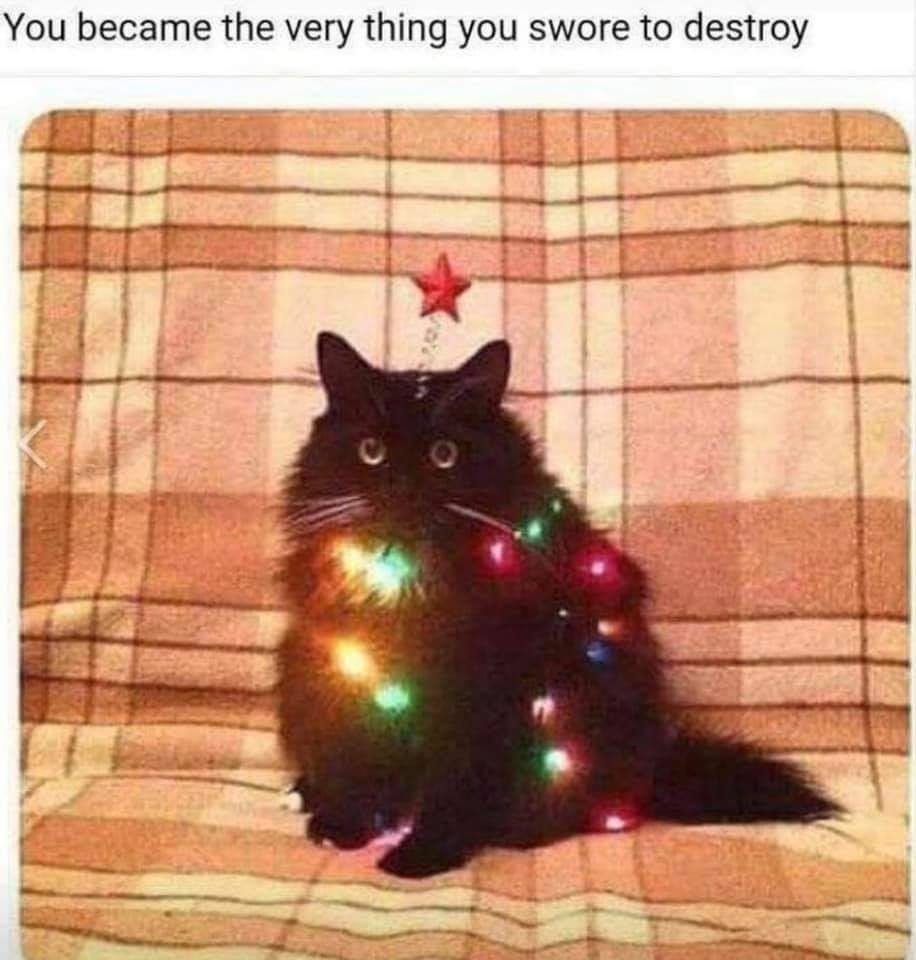
Flaws can be changed. Humans aren’t static unless we choose to be. Fiction teaches us that we can rise above our lesser natures and become our best selves if we choose to do the hard work.
In Lewellyn’s case, he can’t do anything about his height or build, but he can learn how to use them to his advantage. Cyrus Barker, his new employer, can train him in areas of weakness.
Lewellyn, in order to survive as an inquiry agent (let alone triumph against the villain in Act Three), must undergo an external physical transformation. No easy task.
***This is where allies become critical in the story arc. The mentor character is vital.
No, Lewellyn isn’t a giant, but there are plenty of fighting forms that favor those who are smaller. Lewellyn also has a major confidence problem (birthed from his shame and his secret). Yet, this also can be overcome.
He can grow stronger learning to fight, but also more confident in his skills as an inquiry agent. How to move unseen, observe, listen, watch for tells, body language, follow unseen, lose a tail, spot a tail, notice if he’s being followed, learn how to interact with many different cultures and subcultures and follow hidden codes and rules, etc.
He has a steep intellectual learning curve when it comes to how the underworld of London operates and how to maneuver it with finesse under the guidance of Cyrus Barker.
This process is ugly, though. Lewellyn doesn’t get a montage. He fails, flounders, gives up, fumbles, but he always goes back and tries again and GROWS (key to transformation).
The Third Trick About Flaws

Flaws are directly related to wounds.
If our MC is arrogant, arrogance is false confidence. Somewhere, somehow, something tore the world from beneath our MC and made them feel the need to overcompensate. To make others believe they’re strong when they’re, in truth, weak and afraid. They’re less lion, more pufferfish.
If our MC is dour, certain everything will always go wrong, likely they’ve encountered events that have given a false sense the world is against them. Since this is what they see, it is what they expect and project. Until they learn to reinterpret events, everything will be doom and gloom.
This is what we encounter with Lewellyn, and it’s key to his internal transformation process. The internal transformation process is also integrally tethered to SECRETS.
Everybody lies.
This is one of the many reasons I LOVE the Barker & Lewellyn series. Not only does Lewellyn have secrets, so does Cyrus Barker. And so DOES EVERYONE in the cast we come to know, love, and deeply care for over the course of the series.
We don’t know WHY Lewellyn went to jail, is melancholy, dour and assumes the worst immediately. We’re given glimpses into some hidden past, some pain, a deep and throbbing shame he can’t let go that propels him forward almost as much as it drags him down.
This is why being a secret-keeper is key not only to telling a good story, but to hooking readers into a series 😉 .
Transformation in Action
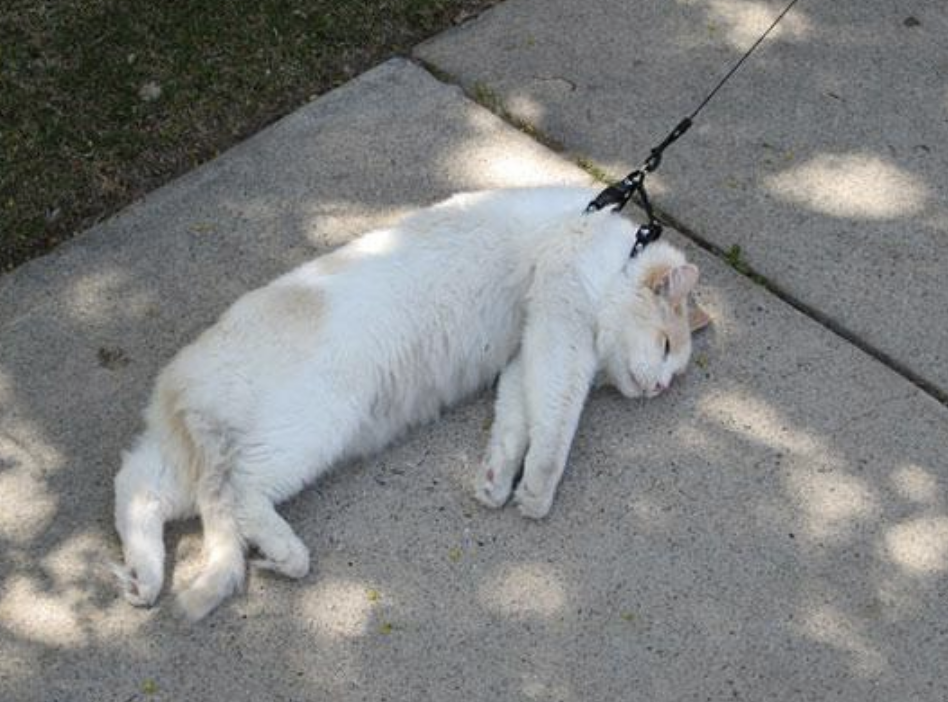
Though I know most of you reading this post haven’t read this series, I hope you do. But, if you think to your favorite movies, books, television series, transformation didn’t happen along an neat predictable curve.
In fact, it’s often when the MC falls back into bad habits that we wail, “NOOOO! You can’t do THAT! You’ve come so far!” But what about in more complex stories, with dimensional villains/antagonists? I LOVE those. In fact, I think they are my favorite.
In the last craft post, I mentioned Stranger Things. While Eleven was a great MC, the preppy bully Steve Harrington was so much more interesting. He’d do some horrible thing that made you loathe him, then he’d give you whiplash by softening up and showing his humanity.
Watching his struggle back and forth to find himself and who he was? How was he going to define himself? Who was in charge of his choices? Would he do what the ‘cool kids’ expected or what was right? THAT was transformation that kept me riveted for all three seasons.
And Billy Hargrove? Talk about HEARTBREAKING transformation. He goes from being this loathsome villain, to sympathetic, to a puppet, to a tragic hero and OMG I still tear up when I think of how that season ended and RIP Billy.
Bonus Material on Transformation
Here are some other posts to help you out.
Secret-Keepers: Generate Page-Turning, Nerve-Shredding Tension
Inner Demons: Soap Opera Drama vs. Story Drama
Flawed Characters vs. “Too Dumb to Live”: What Makes the Difference?
What Are Your Thoughts? I LOVE Hearing From You!
Do you see how transformation has to work on multiple planes? It needs to be situational, external (skills, strengths, allies), as well as internal (dealing with baggage)? Is it clearer how this needs to be folded into the story? How the stronger the tug-of-war the better the story?
I know it’s fun to write the perfect character…as in fun for US. But we really do need to torture our characters and our audience for them to have the best thrills and chills at the end.
What are some of the stories, series, movies that tormented you the most? The characters that made you want to scream (good and bad)?
Um…Spike.
I LOVE hearing from you guys! I put a lot of work into these blogs so I ALWAYS appreciate knowing that y’all are getting something out of them.








11 comments
1 ping
Skip to comment form
“Literary Barbies” is the perfect name for that early stage. Stealing that! @samanthabwriter from
Balancing Act
This was extremely enlightening. I am not a writer, but I am a voracious reader, and your post clarified why I felt like I did as I read/watched stories. Thanks for the “education.” You’re never too old to learn.
Author
I think learning about how stories work makes reading more fun. Thanks so much for commenting and great to meet you!
What a nice reply! I was afraid you were going to say, “This blog is for writers; what are you doing reading it?”
Author
Oh not at ALL! I enjoy movies and books so much more since I decided to become an author and had to study what makes stories work (or not work). Now I can even look back and see why certain movies irritated me, bored me, failed to grip me or were utterly forgettable as well as why others stand out and I watch over and over a gazillion times. Same with books.
Thank you not only for the reminder, but showing HOW to show that needed transformation. Very helpful.
Great post as usual. You listed four series I include in my top ten dramas: The Last Kingdom, Stranger Things, Battle Star Galactica (I assume you’re referring to the second version starring the stunning Tricia Helfer), and my number one favorite, Game of Thrones.
Ah, Kristen… you had me at Spike.
<3
Thanks for reminding me again that arc and conflict make stories better. And YES Spike.
Amazing post, thank you so much!
Although I think you mean Steve Harrington not Dustin Henderson – Dustin is the kid Steve drives to the prom. Not that I’m a Stranger Things nerd or anything 😀
Author
UGH you are right! I was trying to make sure to get the names right and they are microscopic on IMDB so I went to Google and they had a picture of them together and I transposed them *face palm*. Thanks so much for the catch! Yesterday seemed the day for typos. I am definitely out of practice, LOL.
[…] explains why you should side-write your protagonist’s origin scene, Kristen Lamb reminds us that actions speak louder than words in character transformations and that we need to pile on the conflict for our characters, Janice Hardy tells us why we should […]